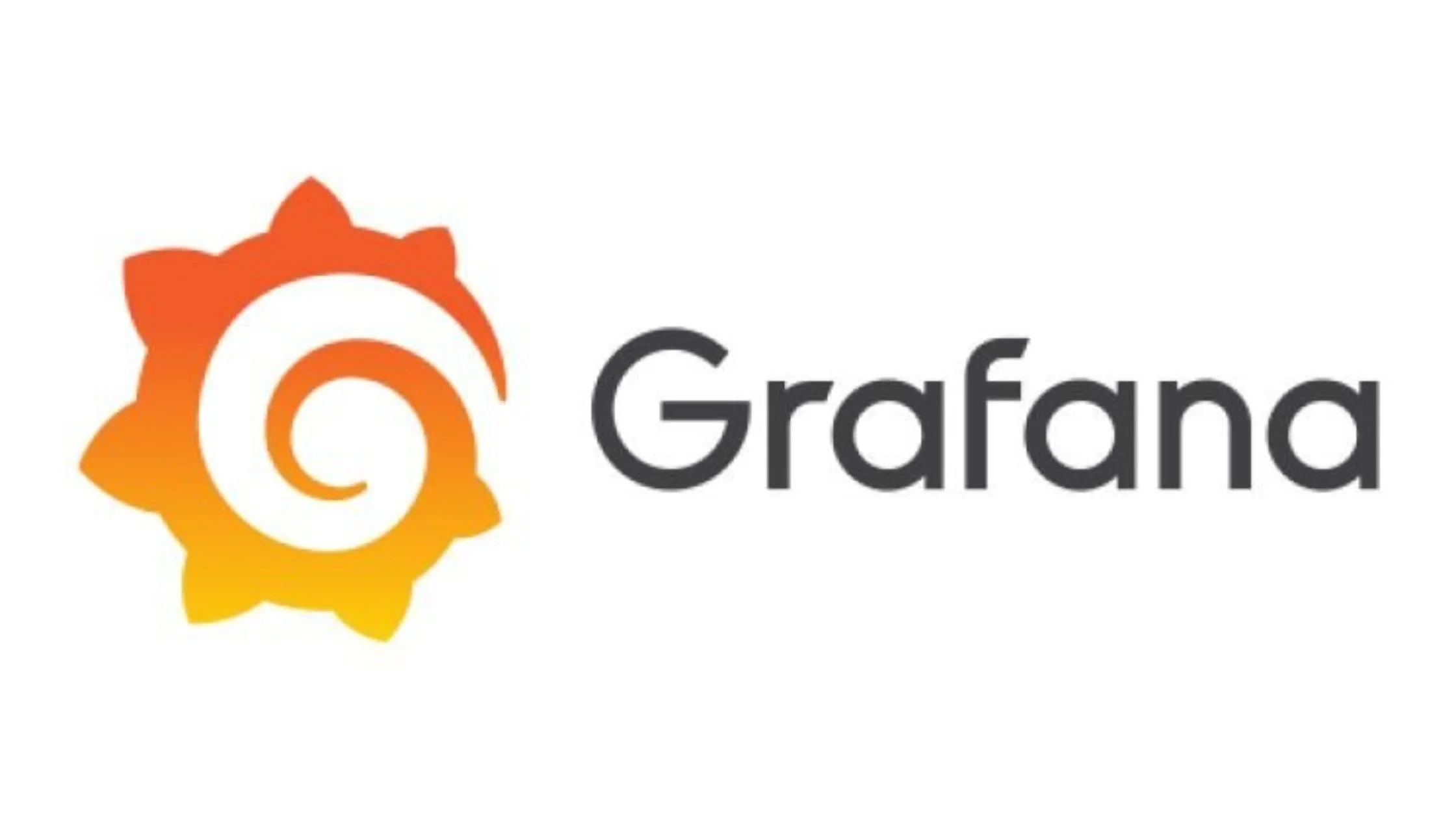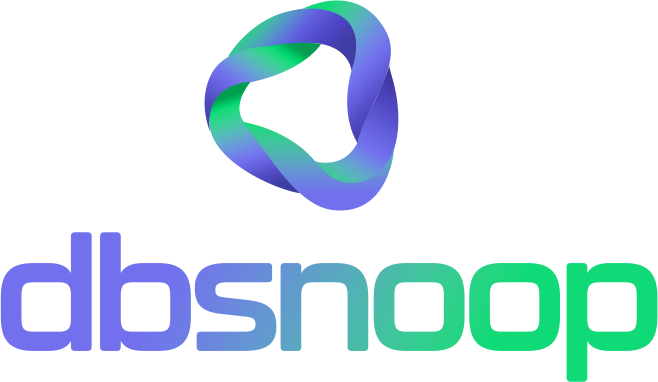
Grafana is an open-source data visualization platform that allows users to create interactive dashboards and monitor metrics from systems, applications, and infrastructure in real time. With an intuitive and flexible interface, Grafana offers integration with a wide range of data sources and is widely used by teams of DevOps, SREs, and IT administrators to monitor the health and performance of their systems.
The original focus of Grafana was to transform data into graphs and visual components, facilitating problem identification, performance optimization, and informed decision-making. In this article, we will explore what Grafana is, its main functionalities, and how it can be used to optimize monitoring and metric analysis in your IT infrastructure.
Main Functionalities of Grafana
- Custom Dashboards: Grafana allows users to create custom dashboards where they can organize graphs, tables, heatmaps, and other data visualizations. These dashboards can be tailored to the specific needs of each user or team.
- Integration with Multiple Data Sources: Grafana supports various data sources, including Prometheus, Graphite, InfluxDB, MySQL, Elasticsearch, and many others. This allows teams to centralize data from different systems into a single visualization platform.
- Proactive Alerts: Grafana offers alerting capabilities to monitor critical metrics and create alerts that notify IT teams in real-time about critical issues. Integrated with tools like Slack, PagerDuty, or other third-party integrations.
- Advanced Query Capabilities: With Grafana’s Query Editor, users can create complex queries to filter, aggregate, and transform data efficiently.
- Panels and Collaborative Sharing: Dashboards in Grafana can be shared in real time for multiple stakeholders.
- Alert and Notification Integration: Grafana allows users to configure alerts to monitor critical metrics such as high CPU usage, disk space, or server memory, ensuring IT teams are notified of issues.
- Plugins and Add-Ons: Grafana allows the installation of plugins that extend its functionality, offering even more integration options.
- Kiosk Mode: For public viewing of dashboards without interruptions.
- Role-Based Access Control: Grafana supports role-based access control, allowing teams to manage who can view or edit dashboards according to assigned permissions.
How Does Grafana Work?
Grafana works as a visualization layer that connects to various data sources. By integrating with these sources, users can create queries and interactive dashboards that display real-time or historical data.
For example, Grafana can be integrated with Prometheus to monitor metrics from services exposed by a microservice architecture, or Elasticsearch to analyze logs, or even MySQL to view data stored in the database. With its intuitive interface, administrators can create dashboards with line charts, bar graphs, heatmaps, among others, and visualize the data over different time intervals.
Benefits of Using Grafana
- Centralized Visualization: With the ability to integrate multiple data sources, Grafana allows users to centralize all metrics, logs, and critical information in one platform, facilitating the visualization and monitoring of the entire infrastructure.
- Proactive Alerts: Users can configure alerts that allow them to monitor specific metrics and take actions before real problems occur, reducing incident response times and improving the overall reliability of the systems.
- Intuitive and Flexible Interface: Grafana’s interface offers users the ability to create custom dashboards and adjust them according to the needs of the company.
- Scalability: Grafana is highly scalable, meaning it can grow according to the demands of the infrastructure and the company.
- Free and Open Source: Grafana is an open-source platform, which means that users and the community offer continuous support through forums, plugins, and updates.
- Modern Infrastructure Monitoring: Grafana is especially suited for environments such as cloud-native DevOps, modern microservices, Kubernetes, and other modern architectures.
- Continuous Improvement: As an open-source tool, Grafana is constantly evolving, with new features and plugins regularly added.
Why is Grafana Ideal for Companies of All Sizes?
Grafana is ideal for companies looking for a data visualization solution regardless of infrastructure size.
- Startups and SMEs: Grafana is free and offers rich analytics features, making it ideal for teams looking to monitor critical systems without having to invest in paid solutions.
- Large Corporations: Companies handling large volumes of metrics from distributed systems, cloud-native environments, and microservices create collaborative dashboards for different teams.
- Technology and DevOps Teams: Grafana is widely adopted by DevOps and SRE teams to monitor complex systems, monitor applications in real time, and automate alerts.
Comparison Between Grafana and Other Tools
Grafana stands out for its flexibility, integration with multiple data sources, and ability to create rich and personalized dashboards. Here’s how it compares to other popular tools:
- Grafana vs. Kibana: Both tools offer real-time data monitoring and log analysis, but Kibana is better suited for those who use Elasticsearch. Grafana, on the other hand, is more versatile in terms of integration with various data sources and offers more flexibility for metric monitoring.
- Grafana vs. Tableau: Tableau is a powerful data visualization and business intelligence tool, while Grafana is a platform that focuses more on real-time infrastructure metrics and monitoring.
- Grafana vs. Prometheus: Prometheus is mainly used for metric collection, while Grafana offers a more comprehensive platform for real-time system monitoring.
Grafana Pricing
Grafana is a free open-source platform. Companies can install it for free locally. However, for companies looking for premium features, advanced resources, cloud services, and managed services, Grafana Labs offers commercial plans such as Grafana Cloud and Grafana Enterprise, with prices based on the volume of data and the number of users.
Conclusion
Grafana is a robust and versatile tool for data visualization and monitoring, which allows teams to create custom dashboards and visualize critical metrics from multiple sources in one place. With proactive alerts, intuitive visualization, and support for integration with multiple platforms, Grafana helps IT teams monitor the health of their infrastructure in real time, improving system performance and decision-making processes based on real-time data.
In comparison to solutions like Grafana or Prometheus, dbsnOOp goes further, offering specialized analytics for database performance, predictive insights, and automated alerts using AI. While Grafana offers customized dashboards for a wide variety of data, dbsnOOp stands out by prioritizing database performance and infrastructure with advanced tools.
Additionally, dbsnOOp offers intelligent alerting that helps reduce MTTR and increase operational efficiency, making it a better choice for companies managing complex infrastructures. Its clear advantages in scaling and support for different IT environments make dbsnOOp a more effective solution, offering detailed analysis and actionable insights for improving SLA and operational efficiency.
Give it a try for 14 days, no burocracy, no credit card
Learn more about Flightdeck!


